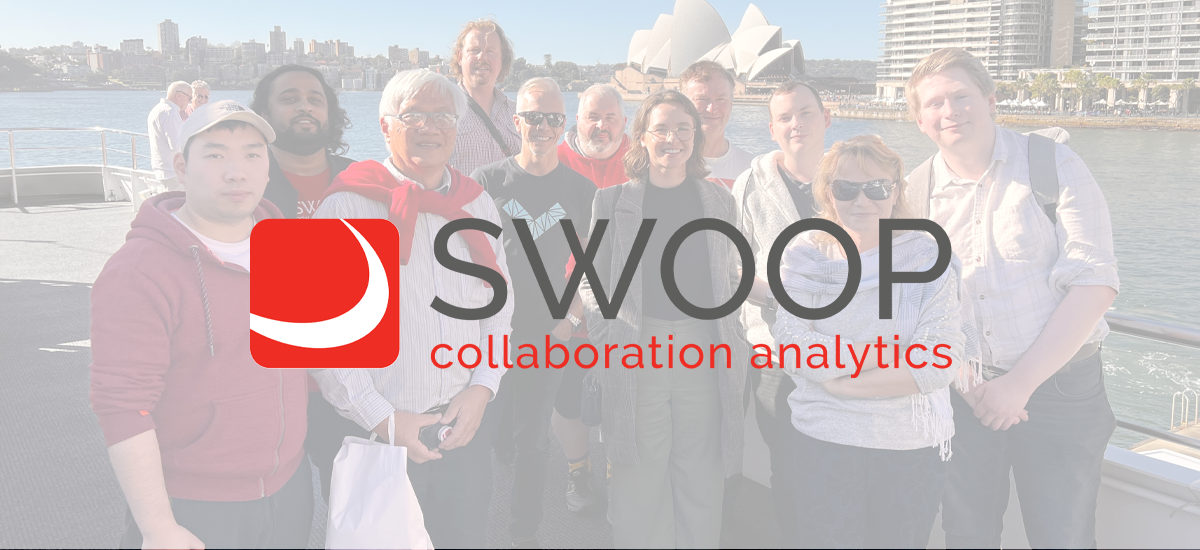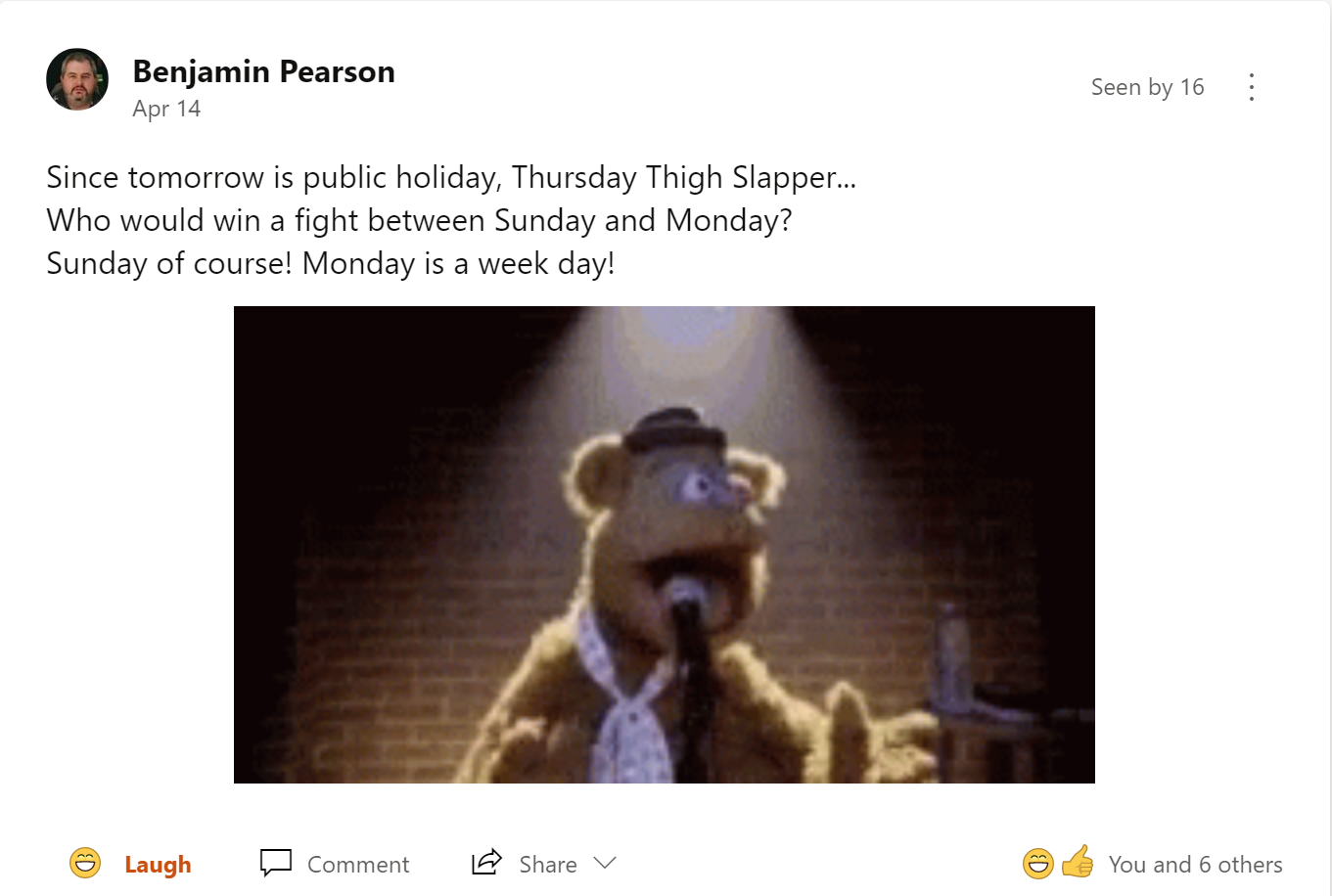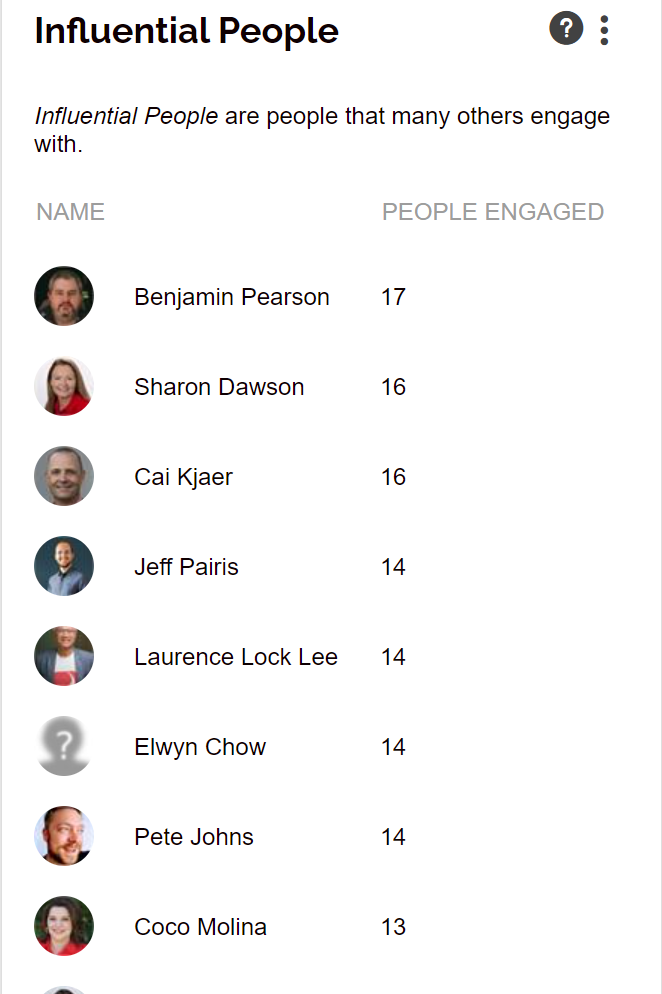SWOOP Analytics – Practising what we preach
Every time one of the 11 members of the SWOOP Analytics’ Development and Operations team heads out for lunch, or leaves their home office to attend an appointment or go for a walk, they write a quick note in their “Comings and Goings” Microsoft Teams channel.
Doing so means every other team member always knows their colleagues’ availability. If they need a quick answer to a question, rather than wondering why someone is not responding, they can immediately see if that colleague is away, and when they return.
It’s a completely transparent way of working and it takes, literally, a second to do so. It allows all 11 team members to work collaboratively when they need to do so.
It looks as simple as this:
Screenshots of SWOOP’s Development and Operations team’s Comings and Goings channel on Microsoft Teams.
SWOOP Analytics has always been a 100% remote working organisation. Employees are scattered across the globe, in different time zones. One of the benefits for employees is they can choose their availability. For example, one developer prefers to start his days around 1pm or 2pm and work through his afternoon and evening hours. This works well, as long as his colleagues know when he’s onboard. He does this with a quick message in the “Comings and Goings” channel.
No.1 for Chat Liberated and Email Liberated
The “Comings and Goings” channel is one of about 15 channels SWOOP’s Development and Operations team works in every day. While it’s a super simple example of a Microsoft Teams channel in action, it’s also a super simple example of a productive working habit.
So it was no fluke this Development and Operations team ranked No.1 in SWOOP’s 2022 benchmarking of M365 for Chat Liberated and Email Liberated measures, from the 3,773 departments analysed.
Email Liberated measures how good an individual/team/department/organisation is at collaborating in Microsoft Teams channels and Yammer compared with sending emails. Chat Liberated measures how well an individual/team/department/organisation is at collaborating in Teams Channels and Yammer compared with collaborating in Chat.
SWOOP’s Chief Technology Officer Paul Williamson said while there has been no directive not to use email, no one in the team would ever use email to collaborate with each other. In fact, said Senior Developer Benjamin Pearson, email is only occasionally used to contact a customer or to receive meeting invites, which also come in via Teams. He said customers are also invited into Teams as guests on the SWOOP tenant.
Paul Williamson, Chief Technology Officer, SWOOP Analytics.
“The trouble with emails is they are totally unstructured,” said Paul, who is currently trying to convince his Lions club to ditch email in favour of Microsoft Teams.
“You end up with replies and then you end with somebody who replies to something about somebody else that is a completely different subject and then they say to you; ‘Did you receive my email about this?’
“It’s hard to find out what’s going on, whereas with a channel message it’s very obvious. It’s structured and it’s faster.”
He pointed to the example of the Comings and Goings channel.
“If you want to know what’s going on with anybody you can go and click on the Comings and Goings channels. If that was an email thread, I’m not sure how you would survive trying to work out who was doing what,” Paul said.
Another way the Development and Operations team organises its Teams channels is to name them “announcement” or “discussion” channels.
A screenshot of SWOOP’s Development and Operations team on Microsoft Teams. The “an” prefix is for announcement channels and the “dis” prefix for discussion channels.
“You don’t go using announcement channels to do discussions because you actually want to know what’s going on when you go and look in an announcement channel,” Paul said.
“You’re not supposed to come in here and say; ‘How did lunch go?’ Because if you come in here and have a discussion about how lunch went, you can’t see what’s going on at a glance.”
The Development and Operations team Teams channels weren’t always this structured. They evolved organically as the team and company grew, said Senior Developer Telford Tendys.
“It grew that way because we started by having only one or two channels, and everything was in the same channel, and gradually we started to work it out,” Telford said.
“For something like the Comings and Goings channel, mostly it’s there to get that stuff off all the other channels.”
When to use Chat and when to use Channels
Ranking No.1 in SWOOP’s benchmarking for Chat Liberated means the Development and Operations team is successfully collaborating in Microsoft Teams channels and Yammer rather than relying on Chat messages. But how do you know when to use chat and when to use channels?
“You use chat when you want to talk to a specific person,” Paul said.
“For example, when I was having problems with accepting a meeting invite to this meeting, I sent a personal chat message. It can be the same with a specific group of people.
“If it’s something general you need to send to the team, or a specific function, then you put it in channels.
“Otherwise, if you have channels for every combination of people that you talk to it would get very complicated. If the conversation doesn’t fit into a channel, we would usually go to a chat.”
The Development and Operations team also dips in and out of Yammer, where team members communicate with SWOOP staff outside their team. For example, members of the Development and Operations team are regular visitors to the Product Development Yammer community where they can discuss developments with Customer Success Managers and leadership.
Benjamin Pearson is the Most Influential Person on SWOOP’s “Social” Yammer community, where he regularly shares updates about holidays, interesting news items or dad jokes.
A Yammer post from Senior Developer Benjamin Pearson.
“The Social community is about sharing and caring, and also a way to keep things entertaining,” Benjamin said.
“I only recently started doing ‘Friday Funnies’ - or the ‘Thursday Thigh Slapper’ - to lighten the mood before the weekend.”
The Most Influential People in SWOOP’s “Social” Yammer community.
Cai Kjaer, CEO, SWOOP Analytics.
SWOOP CEO Cai Kjaer was thrilled to learn the Development and Operations team ranked No.1 for Chat Liberated and Email Liberated in SWOOP’s inaugural M365 benchmarking.
“We’ve always made it an unwritten rule not to use email internally,” Cai said.
“We are all about working out loud and working transparently so it’s wonderful to see the data shows we practice what we preach!”











